Understanding Shoulder Pain
Shoulder pain can result from various factors, affecting movement and daily activities. It often stems from issues in the muscles, tendons, or joints. Overuse, injury, or underlying conditions can cause pain, making it difficult to lift or rotate the arm.
Understanding the source of the pain is crucial for proper treatment. Identifying the specific issue helps in choosing the right therapy or exercises to relieve discomfort.
Some Common Causes of Shoulder Pain
Shoulder pain commonly arises from overuse, injury, or inflammation. Repetitive motions, such as lifting or throwing, can strain the shoulder. Injuries from falls or accidents can also cause pain.
Conditions like arthritis or tendonitis lead to inflammation in the shoulder joint or tendons, resulting in discomfort. Identifying the cause is essential for selecting appropriate treatments, which may include rest, physical therapy, or shoulder cupping as an intervention.
Rotator Cuff Issues
Rotator cuff issues occur when the group of muscles and tendons surrounding the shoulder joint becomes injured or inflamed. This can result from overuse, injury, or aging. Rotator cuff problems often lead to pain and weakness in the shoulder, making it difficult to lift the arm.
Treatments may include rest, physical therapy, or, in severe cases, surgery to repair the damage.
Calcific Tendonitis
Calcific tendonitis occurs when calcium deposits form in the shoulder’s tendons, often within the rotator cuff. These deposits can cause significant pain and limit shoulder movement. The exact cause is unclear, but it often affects individuals with repetitive shoulder use or previous injuries.
Treatments include rest, physical therapy, and many people choose shoulder cupping for relief, along with procedures to remove the calcium deposits
Frozen Shoulder (Adhesive Capsulitis)
Frozen shoulder or adhesive capsulitis, is a condition where the shoulder joint becomes stiff and painful. It happens when the tissues around the joint thicken and tighten, restricting movement.
The condition typically develops gradually and can worsen over time, limiting the range of motion. Treatment usually involves physical therapy to improve flexibility, along with exercises to stretch and strengthen the shoulder.
Additionally, shoulder cupping can also be an option to help relieve the pain. Recovery can take several months, but most people regain full movement eventually.
Osteoarthritis in the Shoulder
Osteoarthritis in the shoulder occurs when the cartilage in the shoulder joint wears down over time. This leads to pain, stiffness, and reduced mobility. The condition often affects older adults and can worsen with age.
Osteoarthritis makes everyday activities, like lifting or reaching, difficult. Treatment includes managing symptoms through physical therapy, medications, and sometimes injections to reduce pain and improve function. In severe cases, surgery may be necessary to replace the damaged joint.
Shoulder Fractures and Dislocations
Shoulder fractures and dislocations occur when the bones of the shoulder joint break or become misaligned. Fractures often result from falls or direct blows to the shoulder, while dislocations happen when the upper arm bone pops out of the shoulder socket.
Both injuries cause severe pain and limit movement. In addition to traditional treatments, shoulder cupping can help manage pain and improve recovery by promoting circulation and reducing muscle tension around the injured area
Impact of Shoulder Pain on Daily Life
Shoulder pain can significantly affect daily life by limiting the ability to perform routine tasks. Simple actions like lifting, reaching, or even dressing can become challenging. The pain may disrupt sleep and make it difficult to carry out work or recreational activities.
Over time, this can lead to frustration and reduced quality of life. Addressing the pain through appropriate treatment and exercises is crucial for restoring normal function and maintaining overall well-being.
Understanding Shoulder Cupping Therapy
Shoulder cupping therapy is an ancient practice that uses suction cups placed on the skin to promote healing. The suction created by the cups increases blood flow to the targeted area, helping to relieve muscle tension and reduce pain.
In shoulder pain treatment, cupping is used to loosen tight muscles, improve circulation, and support recovery. A typical session involves placing several cups on the shoulder, where they remain for a few minutes. Many people use cupping as a natural pain relief method.
The Origins and History of Shoulder Cupping Therapy
Cupping therapy dates back thousands of years, with roots in ancient Egyptian, Chinese, and Middle Eastern cultures. Practitioners used it to treat various ailments by creating suction on the skin, which they believed could draw out impurities and improve healing.
The method evolved over time, with different cultures adapting and modifying the technique. Despite its ancient origins, cupping remains a popular practice today, often used alongside other traditional and modern healing methods.
Modern Applications of Shoulder Cupping Therapy
People use Cupping Therapy to relieve muscle pain, reduce inflammation, and improve circulation. Athletes often use cupping to speed up recovery after intense physical activity. The therapy is also used for stress relief, as it promotes relaxation.
Modern cupping sessions may involve different types of cups, such as glass, silicone, or plastic, and are often combined with other treatments like massage or acupuncture.
How Shoulder Cupping Therapy Works for Shoulder Pain
If you're wondering how cupping therapy for shoulder pain actually works, the answer lies in its ability to stimulate circulation, relieve tension, and support healing deep within the muscles. Here’s a simple step-by-step look at what happens during a shoulder cupping therapy session:
1. Initial Assessment
Your therapist begins with a physical evaluation to understand your pain points, whether it’s general stiffness, tightness, or a more specific concern like a rotator cuff strain. This step is especially important when applying cupping shoulder rotator cuff techniques, as precise targeting improves outcomes.
2. Cup Placement During a Session
After your therapist completes the initial assessment, they’ll place cups directly over the muscles contributing to your pain. Common spots include the deltoids, upper traps, and areas surrounding the shoulder rotator cuff.
The goal is to position the cups where muscle tension, stiffness, or movement restriction is present. Depending on your symptoms, this may vary from session to session. In clinical practice, therapists use placement not only to relieve pain but to prepare muscles for rehab or recovery exercises that follow.
3. Suction Activation
Using either heat or a vacuum pump, suction is created to gently pull the skin and underlying tissues upward. This process boosts circulation, loosens tight fascia, and activates the body’s natural healing response, one of the core cupping therapy benefits for long-standing shoulder issues.
4. Rest Phase
The cups are left in place for 5 to 15 minutes. You may feel a firm pulling sensation, but it shouldn’t be painful. Many patients describe this stage of shoulder cupping therapy as deeply relaxing and restorative.
5. Post-Treatment Guidance
After removing the cups, your therapist may offer recommendations on hydration, stretching, or complementary physiotherapy. You might notice temporary red marks; these are normal signs that cupping therapy for shoulder pain has improved blood flow and reduced muscle tension.
By following this structured, focused approach, shoulder cupping therapy helps reduce pain, relieve muscle knots, and restore shoulder mobility. It’s especially helpful in treating repetitive strain injuries, chronic tension, and inflammation around the shoulder rotator cuff, making it a powerful part of a personalised recovery plan.
The Mechanics of Cupping Therapy in Treating Shoulder Pain
Shoulder cupping therapy treats shoulder pain by creating suction on the skin, which helps improve blood flow and relax muscles. The suction pulls the skin and underlying tissues into the cup, which can release tightness and reduce inflammation.
This process helps alleviate pain and improve shoulder mobility. The therapy targets specific areas of pain and tension, making it an effective method for addressing discomfort in the shoulder.
Therapeutic Targeting
In cupping therapy, precise placement of the cups is key to achieving the best results. For shoulder pain, practitioners place the cups on specific points around the shoulder joint and muscles.
This targeted approach ensures that the suction is applied where it’s most needed, helping to relieve pain and tension effectively. The placement for shoulder cupping can vary depending on the individual’s pain points and the therapist’s assessment.
Enhancing Shoulder Health Through Improved Circulation
Shoulder cupping therapy improves blood circulation around the shoulder and overall health of the shoulder.
Cupping causes suction in the cup, and through pulling more blood into the shoulder muscles and tissues, it draws to work on receiving oxygen and nutrients for healing.
A better flow of blood will break down toxic materials and reduce swelling, followed by improved movement and reduced pain.
Different Types of Shoulder Cupping Methods
Shoulder cupping therapy includes various methods that involve creating suction on the skin. The main types are dry cupping, wet or bleeding cupping, running cupping, and flash cupping.
Each method has its own approach to how suction is applied and how long the cups remain on the skin. These methods can be used separately or combined, depending on the practitioner’s assessment and the patient’s needs.
Different methods may offer specific benefits for treating various conditions.
Dry Cupping
Dry cupping is the process in which suction is developed on the skin; through the skin, suction will be made into the cups inside. After a few minutes, the cups will pull up the skin and tissues, which aids in proper blood circulation, reduces muscle tension, and helps the body to heal.
Dry cupping is best adapted for conditions like muscle pain and different kinds of stiffness, including shoulder pains.
Wet/Bleeding Shoulder Cupping
Wet or bleeding cupping involves making small incisions on the skin before applying the suction cups. Once the cups are placed, a small amount of blood is drawn out, which practitioners believe helps remove toxins and reduce inflammation.
This method is often used in traditional medicine for treating various ailments. Wet cupping is more invasive than dry cupping and is typically used for more severe or chronic conditions, including deep-seated shoulder pain.
Running Cupping
Running cupping, also known as sliding cupping, involves moving the suction cups across the skin after applying oil to the area. The cups glide smoothly over the skin, providing a deep tissue massage effect while promoting circulation.
This method is effective for covering larger areas of the body and is often used to treat muscle stiffness and pain.
Flash Cupping
Flash cupping is a method where the cups are rapidly placed and removed from the skin, creating quick bursts of suction. Each cup is applied for only a few seconds before being removed and reapplied to a different spot.
This technique stimulates blood flow and can quickly relieve muscle tension. Flash cupping is less intense than other methods and is often used when a gentler approach is needed. It’s a quick and effective way to address shoulder discomfort.
Benefits of Shoulder Cupping Therapy for Shoulder Pain
The suction created by the cups helps increase blood flow to the affected area, which promotes healing and reduces inflammation. It also relaxes tight muscles and releases tension, improving shoulder mobility.
Cupping can be especially helpful for chronic pain, stiffness, and injuries, providing relief without the need for medication.
Pain Relief and Relaxation
Shoulder cupping therapy helps with pain relief and relaxation by creating suction on the skin, which improves blood flow to the affected areas. This increased circulation can reduce pain by soothing tense muscles and relieving pressure on nerves.
The suction also promotes relaxation, easing the body and mind. Many people find that cupping helps reduce stress and anxiety while providing relief from physical discomfort.
Improved Blood Circulation
Cupping therapy improves blood circulation by drawing blood to the surface of the skin through suction. This process helps increase the flow of oxygen-rich blood to the muscles and tissues, promoting healing and reducing stagnation.
Better circulation supports overall health by ensuring that nutrients and oxygen reach all parts of the body. Improved blood flow from shoulder cupping also helps flush out waste products and toxins, which can reduce pain and inflammation in areas like the shoulders
Reduction of Muscle Tension and Inflammation
Cupping therapy reduces muscle tension and inflammation by creating suction on the skin, which loosens tight muscles and promotes blood flow. This increased circulation helps carry away inflammatory substances and brings in nutrients that support healing.
The suction also helps release knots and adhesions in the muscles, making them more relaxed and less painful.
Detoxification
Cupping therapy supports detoxification by promoting better blood flow and lymphatic drainage. The suction pulls toxins and waste products to the surface of the skin, where they can be more easily eliminated by the body.
This process helps cleanse the body of impurities and supports overall health. Shoulder cupping therapy enhances detoxification by targeting specific areas, which can reduce the burden on the body’s natural detox systems, like the liver and kidneys, making it easier to maintain good health and well-being.
Enhanced Mobility and Flexibility
Cupping therapy enhances mobility and flexibility by loosening tight muscles and improving circulation in the affected areas. The suction created by the cups helps release muscle stiffness, allowing for greater range of motion.
Increased blood flow brings nutrients and oxygen to the muscles and joints, supporting their function and flexibility.
DIY Shoulder Cupping: Guidance and Safety Tips
While shoulder cupping therapy is most effective when administered by trained professionals, some individuals consider using home cupping kits for mild muscle soreness or early-stage discomfort. If you're exploring this route, it’s important to follow basic safety protocols to avoid injuries or complications.
Here are essential tips for safe home use of cupping therapy for shoulder pain:
- Always start with clean, dry skin to prevent skin irritation, infections, or poor suction.
- Avoid cupping over injured, swollen, or inflamed skin, especially if you suspect conditions like a rotator cuff strain or shoulder dislocation.
- Use light to moderate suction only, especially if you’re new to cupping. Excess suction can cause unnecessary bruising or skin trauma.
- Do not cup over joints or bony areas, such as the shoulder blade or collarbone. Focus on muscular regions like the deltoid or upper trapezius for effective relief.
- Limit each session to 5–10 minutes. Overuse can damage the skin and underlying tissues.
- Monitor for adverse effects such as sharp pain, dizziness, or unusual skin reactions. If any occur, stop immediately and consult a healthcare provider.
While home use may provide short-term relief for tightness or tension, DIY cupping shoulder rotator cuff techniques lack the precision of a clinical setup. Professional therapists at Physiotattva assess your pain points, adjust suction levels appropriately, and ensure cup placement enhances recovery, not risk.
To fully experience the cupping therapy benefits, such as increased circulation, reduced inflammation, and improved shoulder mobility, it’s always recommended to begin with a supervised session in a clinical environment.
Shoulder Cupping Therapy: Session Flow and Treatment Frequency
Starting something new like cupping therapy for shoulder pain can feel unfamiliar, but it’s simpler and more soothing than you might expect.
What Does a Session Usually Look Like?
Each cupping session begins with a personalised assessment. Your therapist will take time to understand your symptoms- whether it’s general tightness, reduced mobility, or something more specific like a rotator cuff issue. Based on this, they’ll identify the right points around your shoulder to apply the cups.
Once the cups are in place, gentle suction is applied to create a vacuum on your skin. This process helps increase circulation and ease muscle tension. The sensation is firm, but not painful—many describe it as a deep, relaxing release.
Sessions typically last between 10 to 20 minutes, depending on your condition and response. Afterward, you may notice light marks or warmth in the treated area—both are normal signs that the body is responding to therapy.
How Often Should You Get Cupping?
For most people dealing with shoulder stiffness or pain, shoulder cupping therapy works best when done consistently over a few weeks. If your pain is recent or linked to strain, you might benefit from weekly sessions at first. Those with chronic discomfort or tension may do well with sessions spaced every two to three weeks.
The key is to find a rhythm that works for your body. Over time, consistent treatment can maximise the cupping therapy benefits, helping you feel lighter, stronger, and more flexible through your shoulders.
What to Expect After Shoulder Cupping Therapy?
After cupping therapy, patients might feel relief from shoulder pain and increased mobility. Some may experience mild soreness or tightness in the treated area, similar to the feeling after a deep tissue massage. This usually subsides within a day or two.
Patients should stay hydrated and rest the shoulder as needed. It’s important to follow any aftercare advice provided by the therapist, such as avoiding strenuous activities or applying heat to the area if needed.
Post-Cupping Skin Marks
Post-cupping skin marks are common and appear as circular red or purple marks where the cups were placed. These marks result from the suction pulling blood to the surface of the skin.
The intensity of the marks varies depending on the level of suction and the individual’s skin sensitivity. The marks are not painful and usually fade within a few days to a week. They are a normal part of the healing process and indicate that the therapy has stimulated circulation in the treated area.
Mild Soreness After Cupping
Mild soreness after shoulder cupping is a normal response to the therapy. The soreness occurs because cupping increases blood flow and stretches the tissues, which can create a feeling similar to muscle soreness after exercise.
This discomfort typically subsides within a day or two. To help with the soreness, patients can rest, stay hydrated, and apply a warm compress if needed. The temporary soreness often leads to improved mobility and pain relief as the body heals.
Shoulder Cupping Therapy Contraindications and Side Effect Warnings
While shoulder cupping therapy offers many benefits, it’s not suitable for everyone. Certain health conditions or circumstances may increase the risk of complications or side effects.
Who Should Avoid Shoulder Cupping Therapy?
Certain individuals should avoid cupping therapy due to specific health conditions or circumstances. If you fall into any of the following categories, it’s best to consult a healthcare provider before undergoing shoulder cupping therapy:
- Individuals with bleeding disorders such as haemophilia
- Those on blood-thinning medications
- People with skin infections, rashes, or open wounds around the shoulder area
- Individuals with a history of deep vein thrombosis (DVT) or vascular issues
- Pregnant women, unless cleared by a qualified healthcare provider
- People with severe chronic illnesses that affect healing or circulation
Common Side Effects of Shoulder Cupping
- Red or purple circular marks at cup sites (these typically fade within a few days to a week)
- Mild soreness or tightness, similar to what you may feel after a deep tissue massage
- Skin sensitivity or light bruising, especially during your first few sessions
- Warmth or tingling sensation in the treated area due to increased blood flow
These side effects are usually temporary and indicate that your body is responding to the treatment. However, if you experience persistent pain, excessive bruising, or any signs of skin irritation, it's important to stop treatment and consult a healthcare provider.
For most individuals, the cupping therapy benefits, such as improved circulation, reduced muscle tightness, and enhanced shoulder mobility, far outweigh these mild effects, especially when performed by a trained therapist under safe conditions.
Combining Shoulder Cupping with Other Therapies for Shoulder Pain Relief
Combining cupping with other therapies can enhance shoulder pain relief. Cupping works well with physical therapy, massage, or acupuncture. The suction from cupping loosens tight muscles and increases blood flow, making it easier for other therapies to target and treat the pain.
This combined approach can address different aspects of the pain, promoting faster recovery. Integrating cupping with other treatments offers a more comprehensive strategy for managing shoulder pain effectively.
Integrating Shoulder Cupping with Physical Therapy
Integrating cupping with physical therapy can enhance recovery from shoulder pain. Cupping therapy helps loosen tight muscles and increase blood circulation, making physical therapy exercises more effective.
The improved blood flow and reduced muscle tension allow for better stretching, strengthening, and mobility during physical therapy sessions.
Using Shoulder Cupping Alongside Acupuncture
Shoulder cupping combined with acupuncture may help in alleviating the pain. Cupping enhances circulation and eases tension in the muscles, while acupuncture centers on specific points balancing energy and reduces pain.
Together, it affects both physical and energy parts of shoulder pain. This blend can make both therapies more effective, hence, mitigating pain, improving mobility, and allowing for faster recovery time and relief that may last longer after treatment, as both traditional techniques are incorporated together.
Creating a Holistic Shoulder Pain Management Strategy
Making a complete plan to manage shoulder pain includes using cupping therapy along with other treatments like physical therapy, acupuncture, and changes in daily habits. This method looks at the pain in different ways, focusing on both the symptoms and the reasons behind them.
Regular cupping sessions help blood flow and lessen tightness, while physical therapy builds muscles and improves movement. Acupuncture balances the body's energy; making life changes by improving one's posture and exercising are valuable for shoulder health.
These practices, therefore, make for a good plan toward long-term relief from pain.
Consulting a Healthcare Professional for Optimal Results
Consulting a healthcare professional is important for achieving the best results in managing shoulder pain. A professional can assess the underlying causes of the pain, recommend appropriate treatments, and create a personalised plan.
They provide guidance on which therapies, including shoulder cupping, exercises, or medications are most effective based on the individual’s condition. Regular check-ups ensure that the treatment plan is working and allows for adjustments as needed to maximise recovery and prevent future issues.
Why Choose Physiotattva for Shoulder Pain Relief?
At Physiotattva, you get targeted treatments designed to address your specific shoulder issues. Our team uses a range of effective techniques, including cupping therapy and physical therapy to help manage and reduce your pain.
By creating a personalised treatment plan,we focus on both relieving your symptoms and addressing the root causes. If you’re ready to find effective relief and improve your shoulder health, consider reaching out to Physiotattva today.
At Physiotattva physiotherapy clinics in Bangalore and Hyderabad, you receive personalised care tailored to your specific needs, ensuring effective results and comfort throughout your journey to recovery.
Don’t wait to start your recovery! Get in touch with Physiotattva for more details! Contact us at +91 89510 47001.




-Physiotherapy.webp)
-for-Shoulder-Pain-Relief.webp)
-for-Knee-Pain-Relief.webp)


-for-Back-Pain-Relief%20(1).webp)




.webp)











.webp)


.webp)

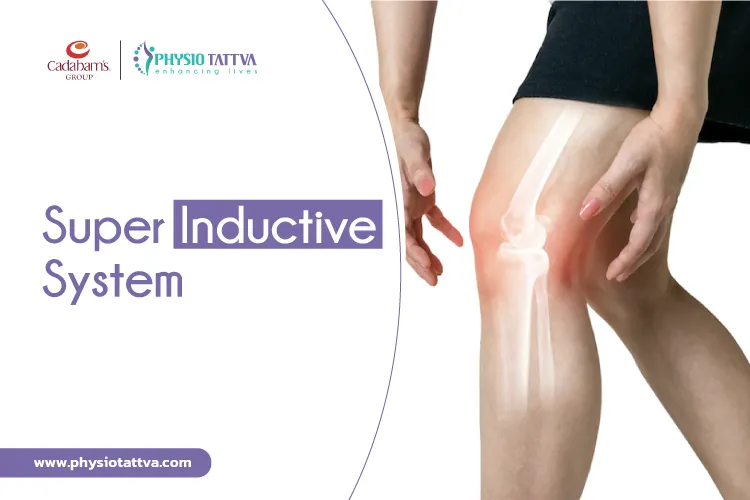



.webp)
.webp)


.webp)
.webp)

.webp)
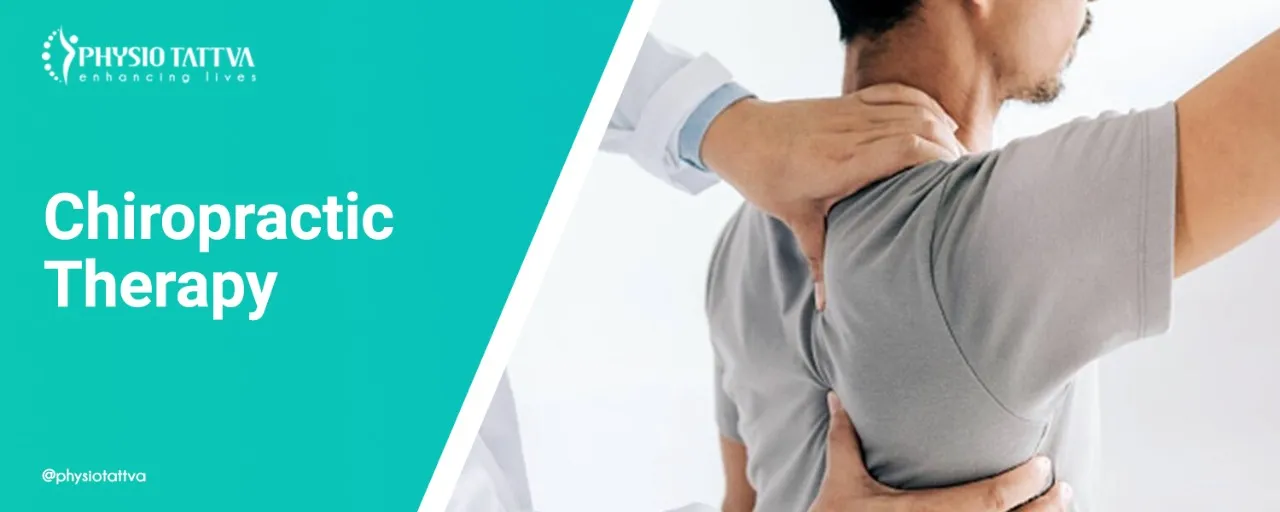
.webp)

.webp)
.webp)
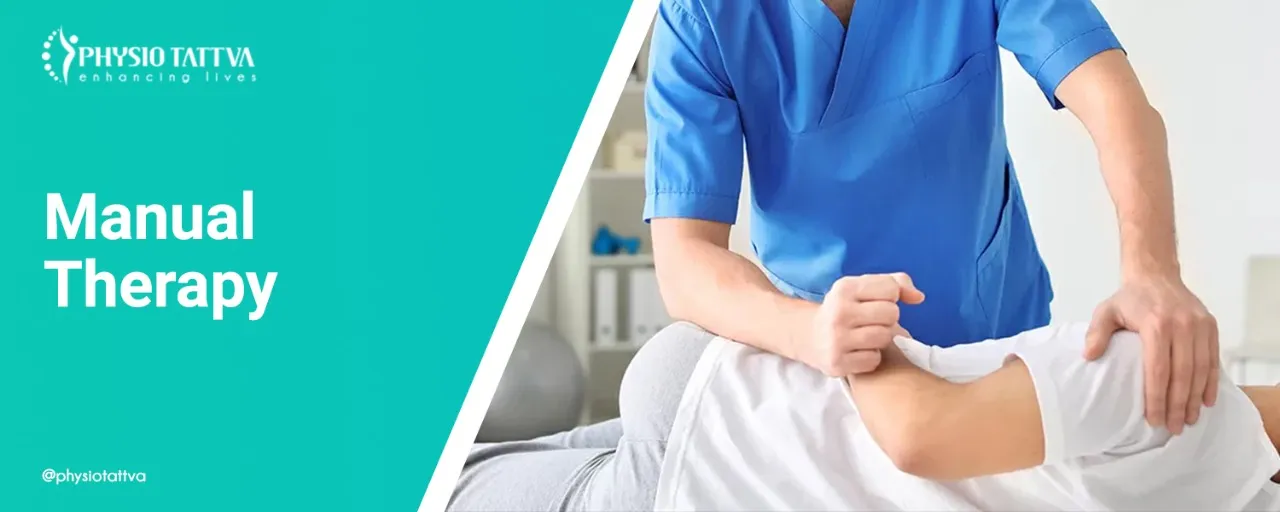
.webp)






.webp)



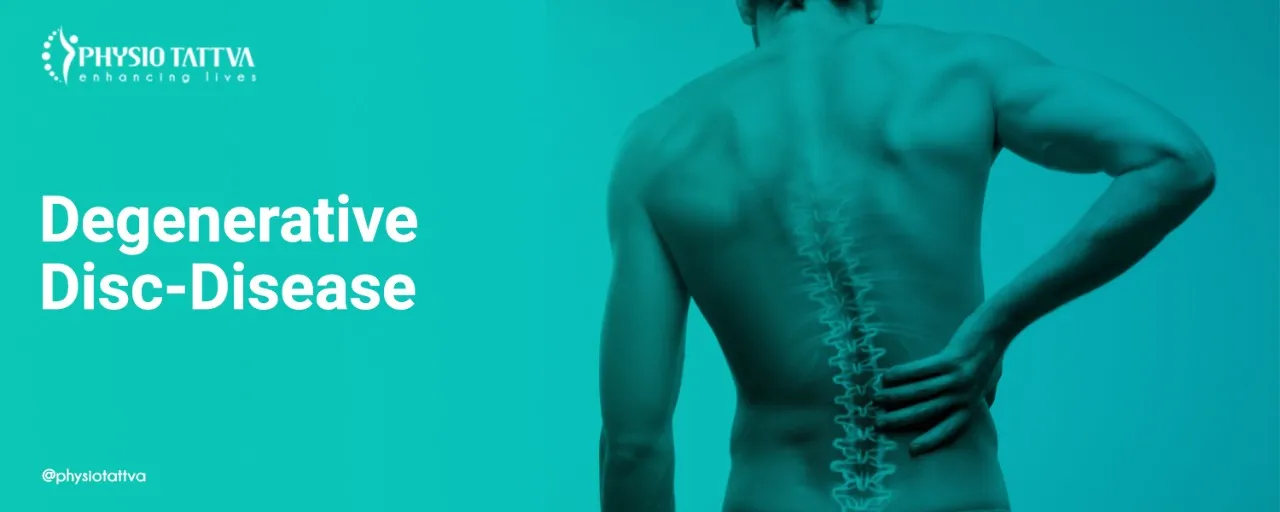

.jpeg)

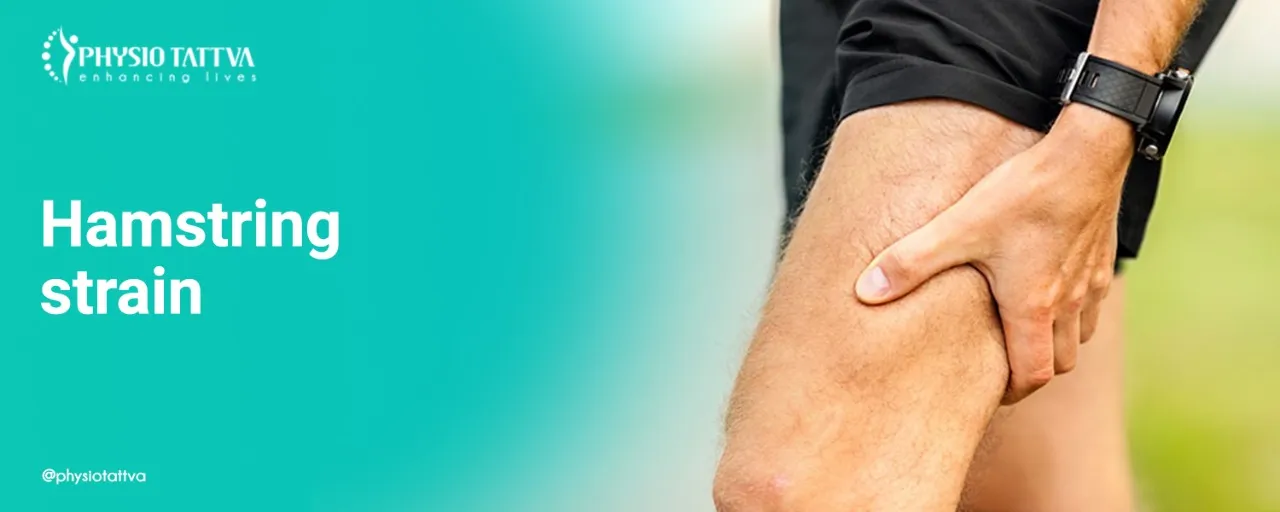


.webp)


.webp)
.webp)







.png)








%20(1)-p-3200.jpeg)


.jpg)
.webp)
.webp)
.webp)




